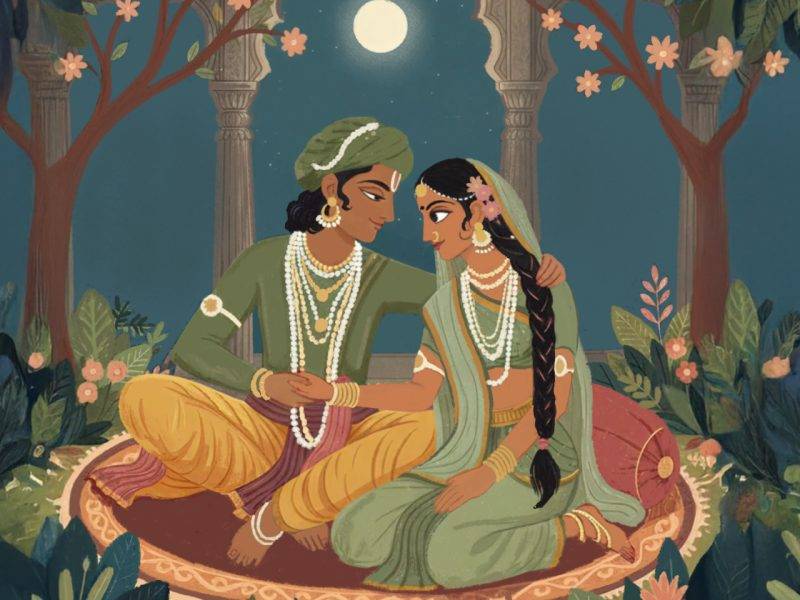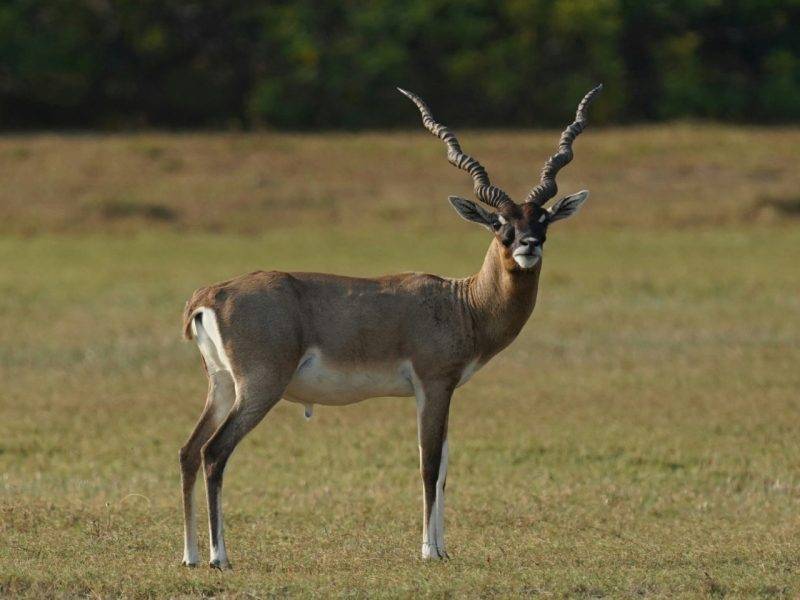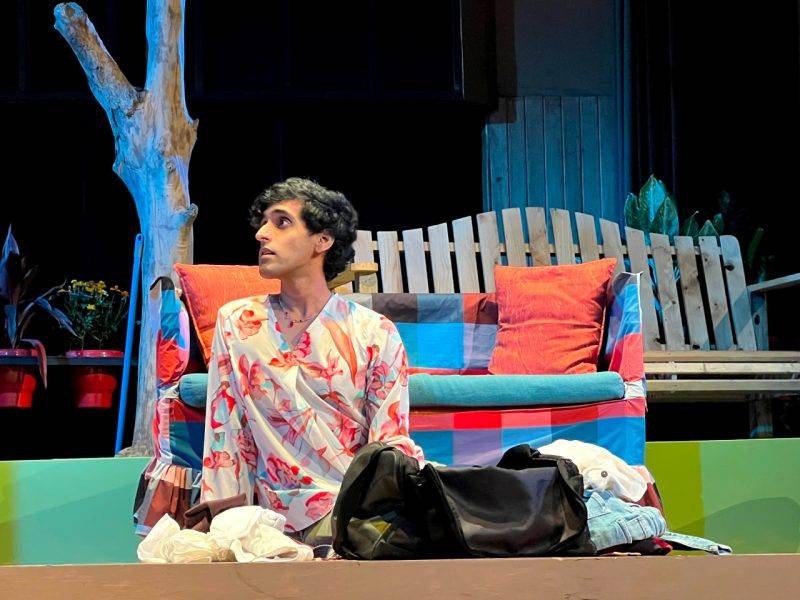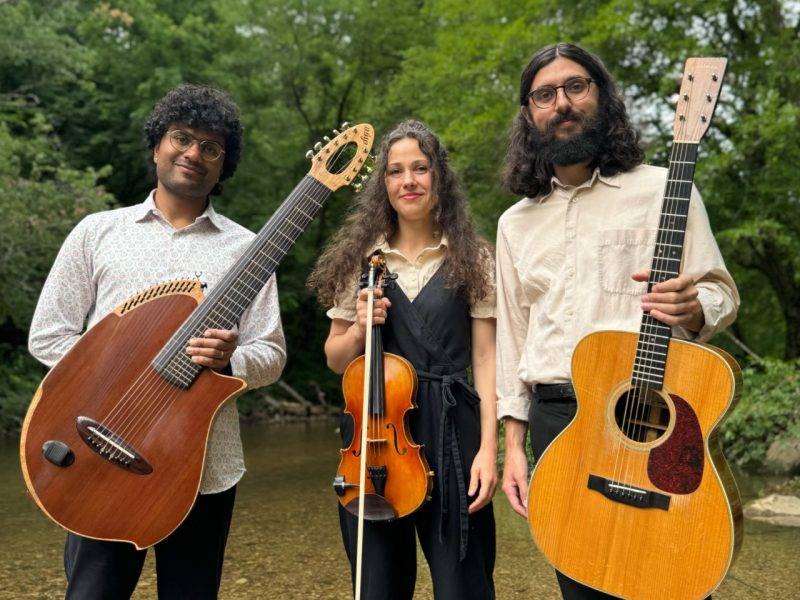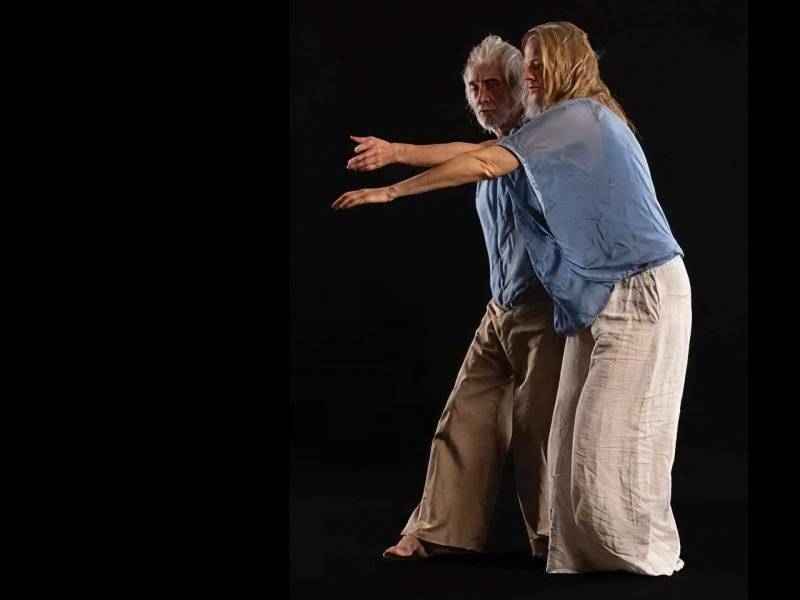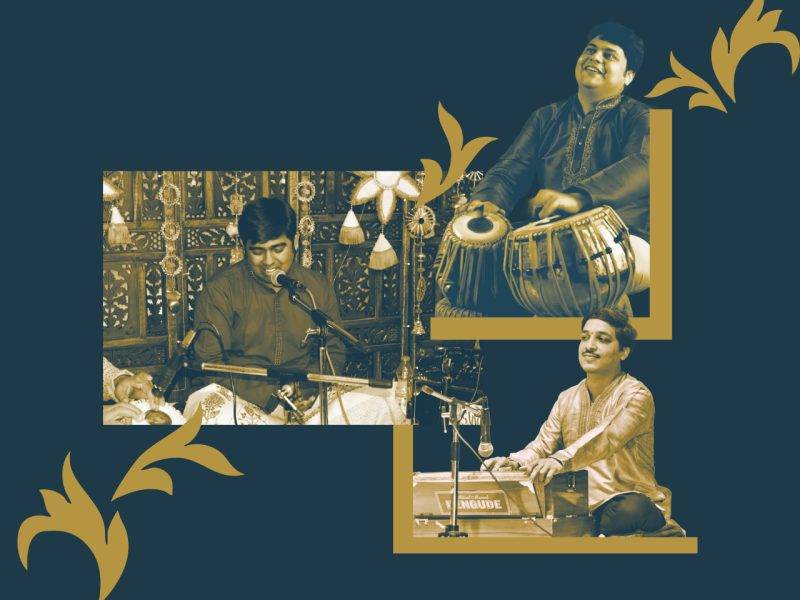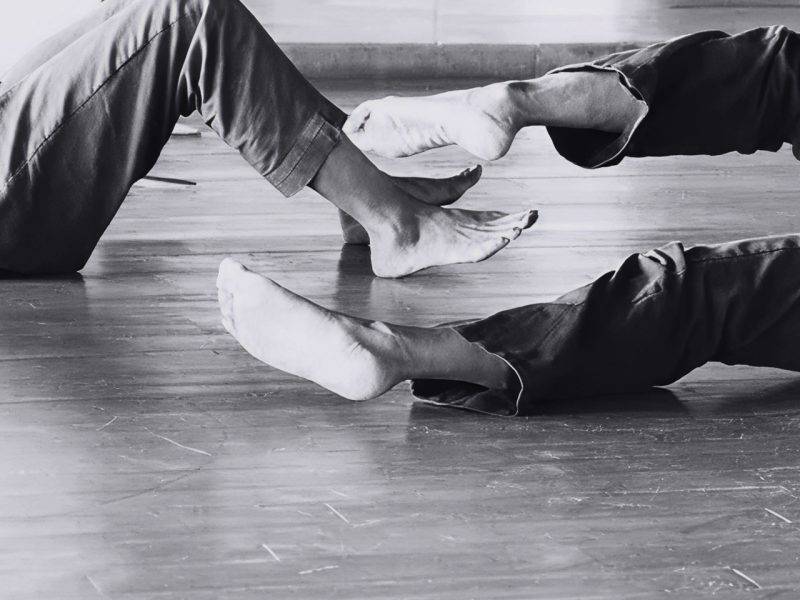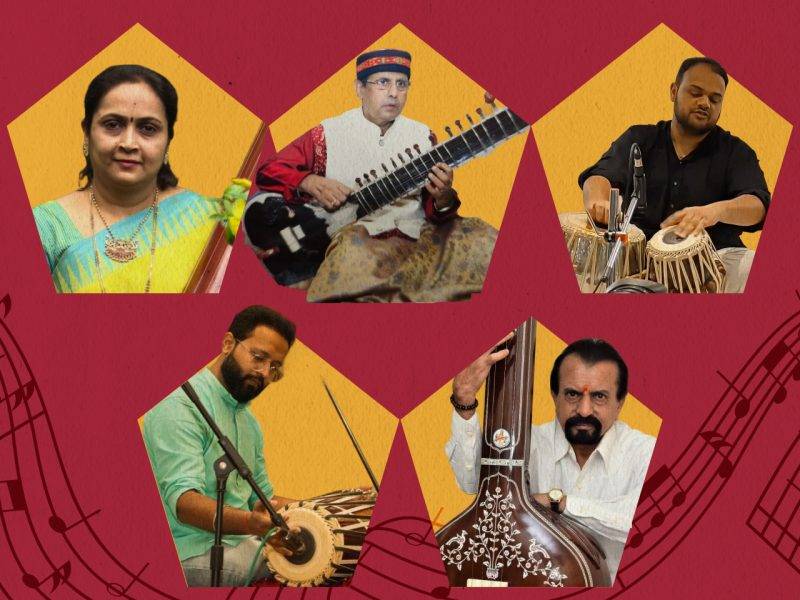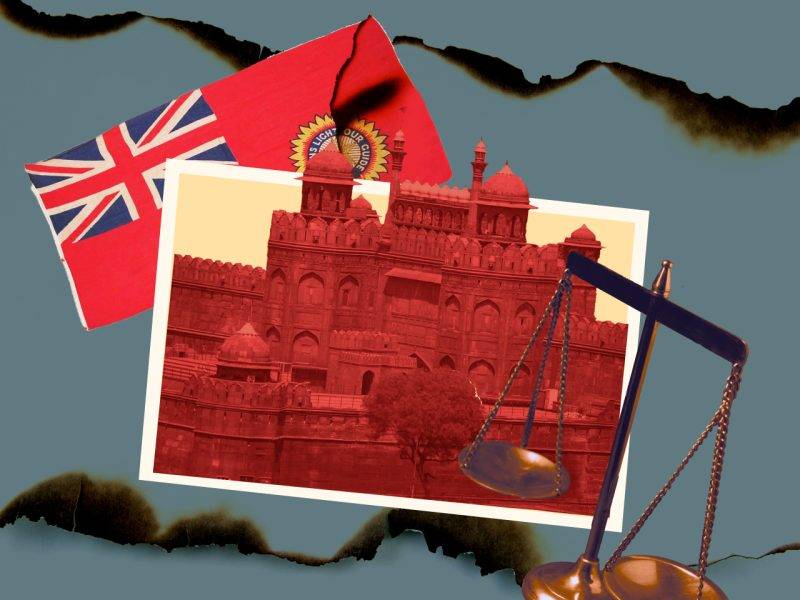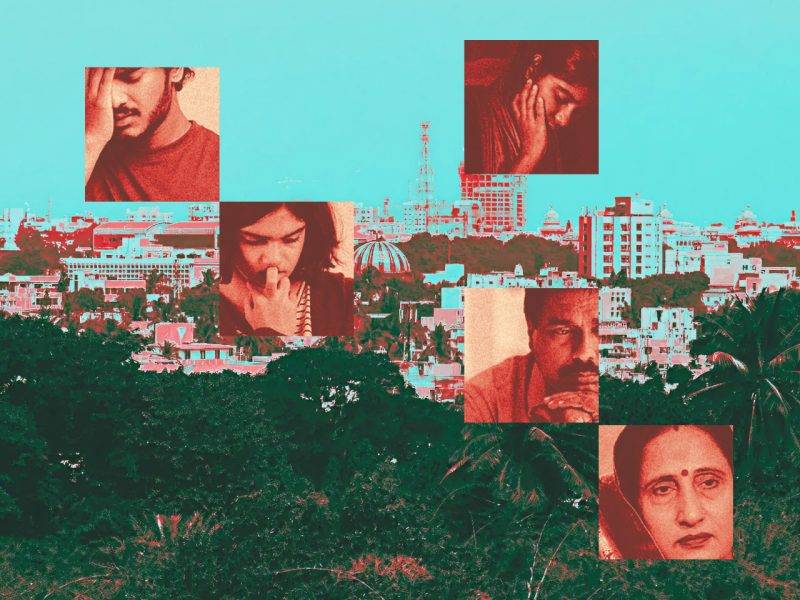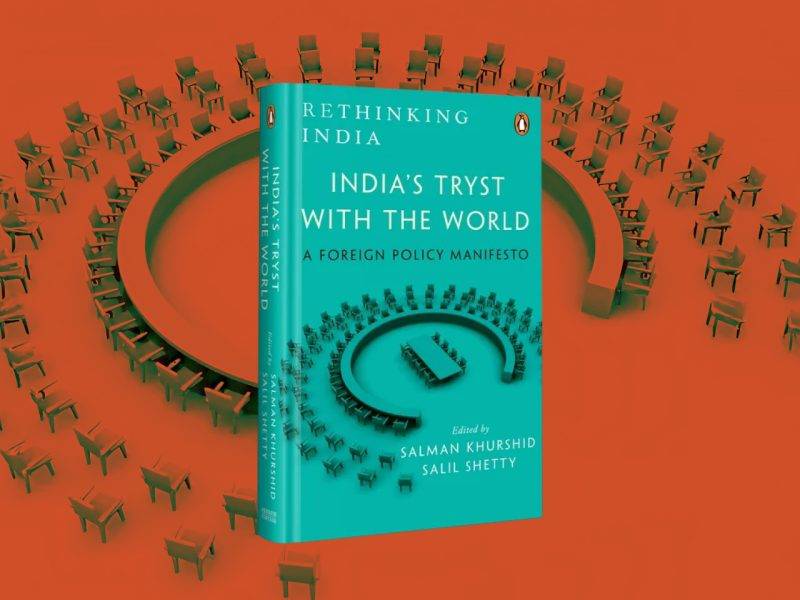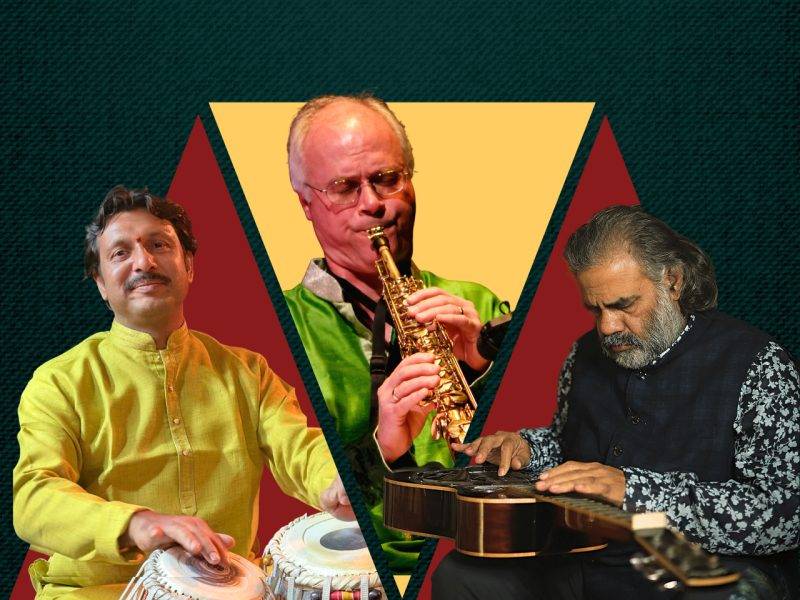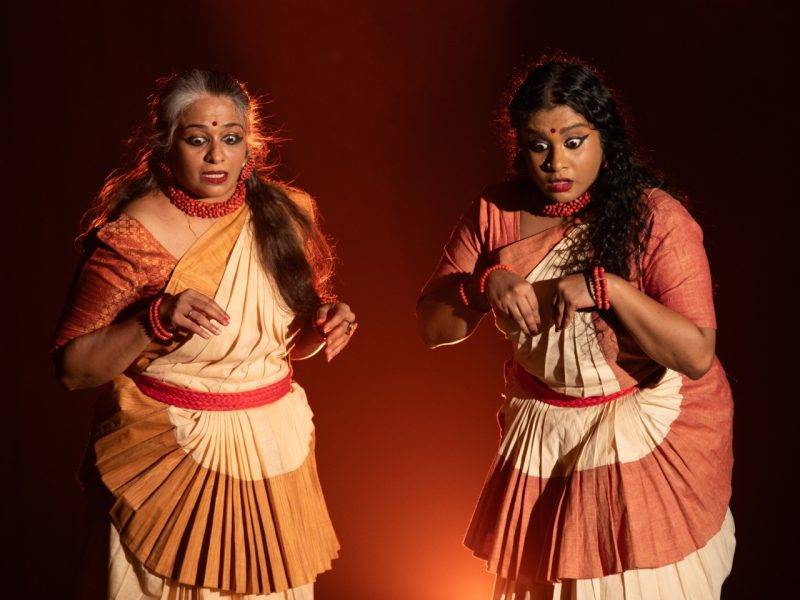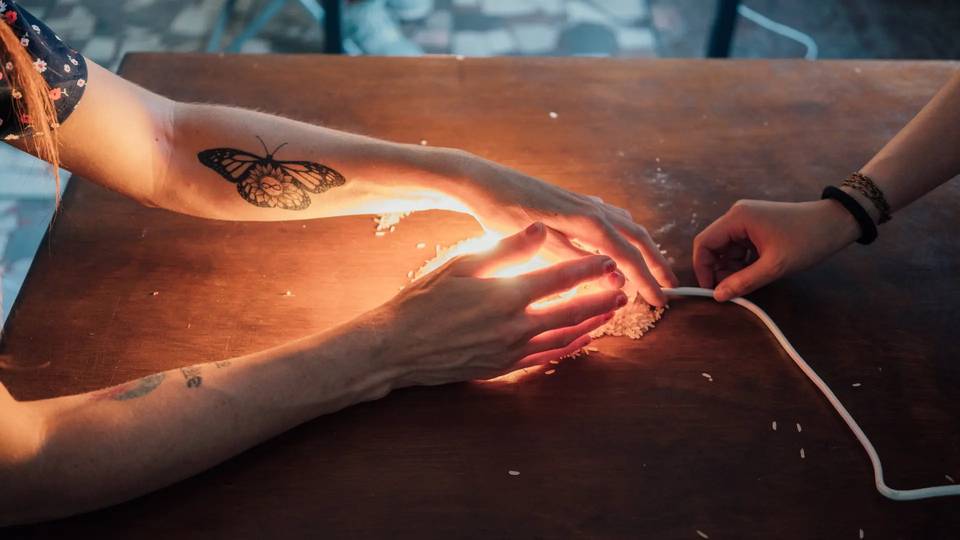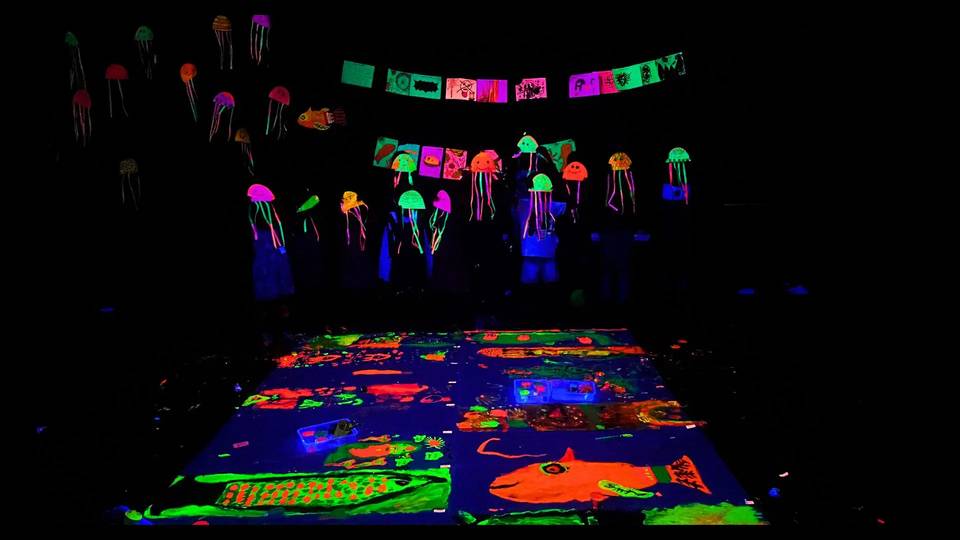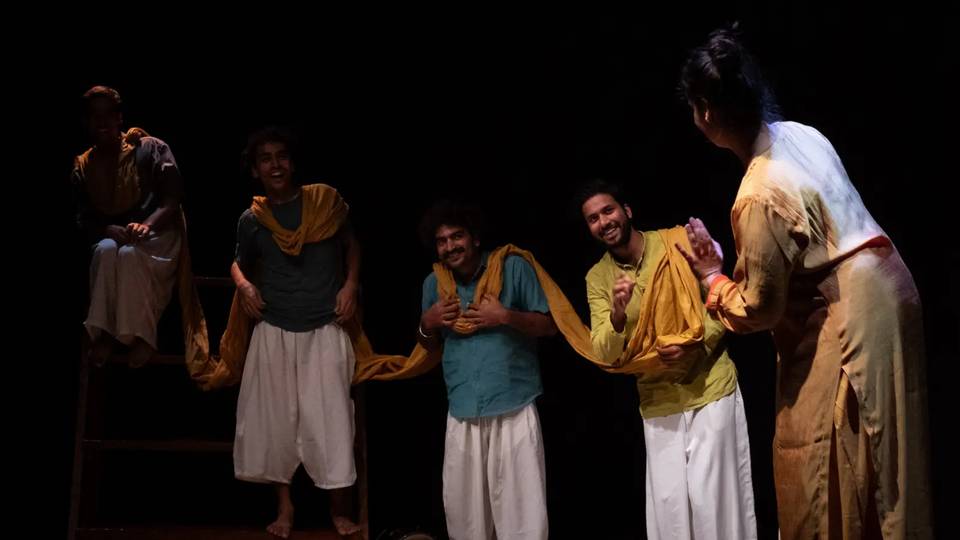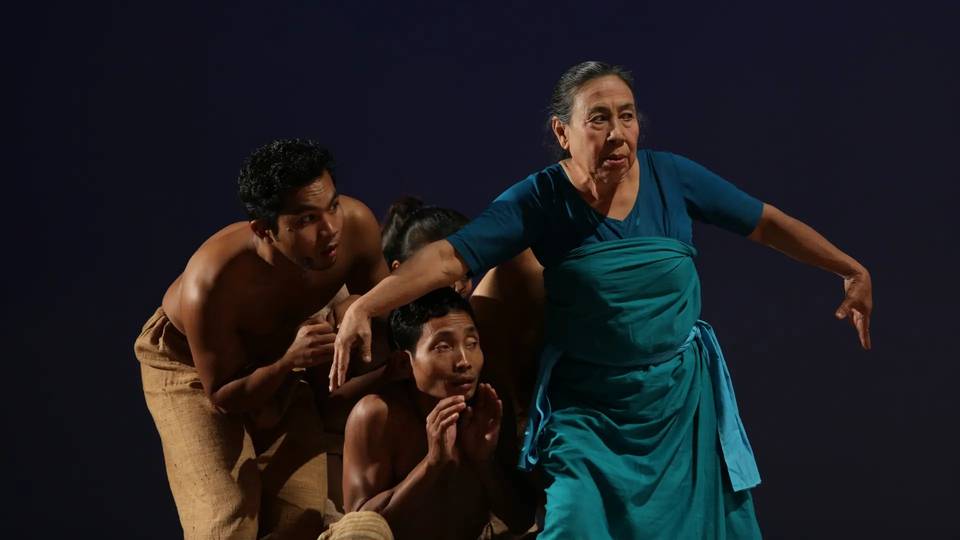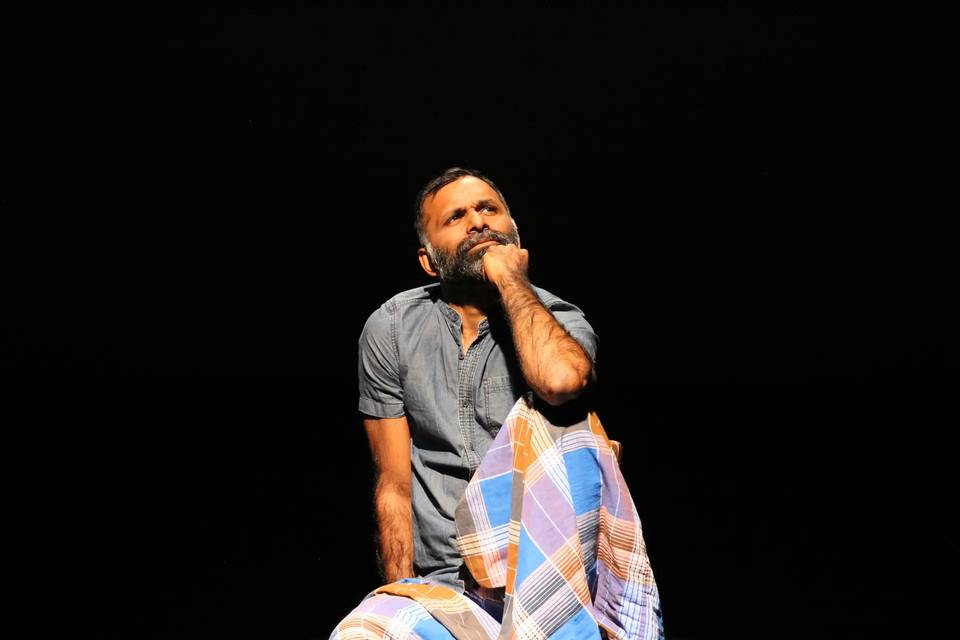Mobilising Chola and Maratha Pasts: King Serfoji II’s Reinvention of the Great Temple at Thanjavur
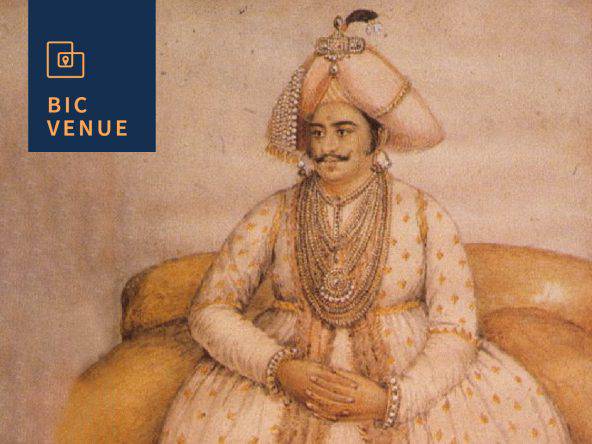
Details
Jan 23 2023 to Jan 23 2023 7 p.m.
EVENT HAS ENDED
Where
Bangalore International Centre
7 4th Main Rd, Stage 2, Domlur 560071
Event Description
The ‘Great Temple’ to Shiva Brihadisvara, built by the Chola king Rajaraja I in Thanjavur in 1010 A.D., is a magnificent monument and an icon of the Tamil and South Indian past. This illustrated lecture illuminates the Maratha ruler Serfoji II’s reinvention of Rajaraja’s temple in the 19th century, by recentering his sovereignty through construction and the creation and institution of texts, ritual and artistic performance, and historical documentation at the temple. A member of the southern branch of the Deccan Maratha dynasty, Serfoji ascended the Thanjavur throne in 1798 after a contest, and ruled under British colonial supervision till 1832. At the beginning of his reign the king undertook a pilgrimage around the Tamil regional temples built by the medieval Cholas. He renovated the Brihadisvara temple, and sponsored narrative texts and dance and dramatic works in Sanskrit, Marathi, Tamil, and Telugu, commemorating the Cholas, and his own pilgrimage and rituals. He also had a history of Shivaji and the Maratha Bhonsles inscribed on the temple walls. While motivated at one level by the need for legitimation, Serfoji’s initiatives at the Thanjavur temple were addressed to diverse audiences, and reveal complex stances toward local and translocal identities and histories. It is interesting to examine Serfoji’s retrieval of Chola identity in the early 19th century, in relation to 20th and 21st century invocations of the Chola past, such as Neelakantha Sastri’s history of the Cholas, Kalki’s 1950’s Tamil novel Ponniyin Selvan, and its film version by Mani Ratnam. This is the second of three masterclasses presented by Dr. Indira Viswanathan Peterson.
